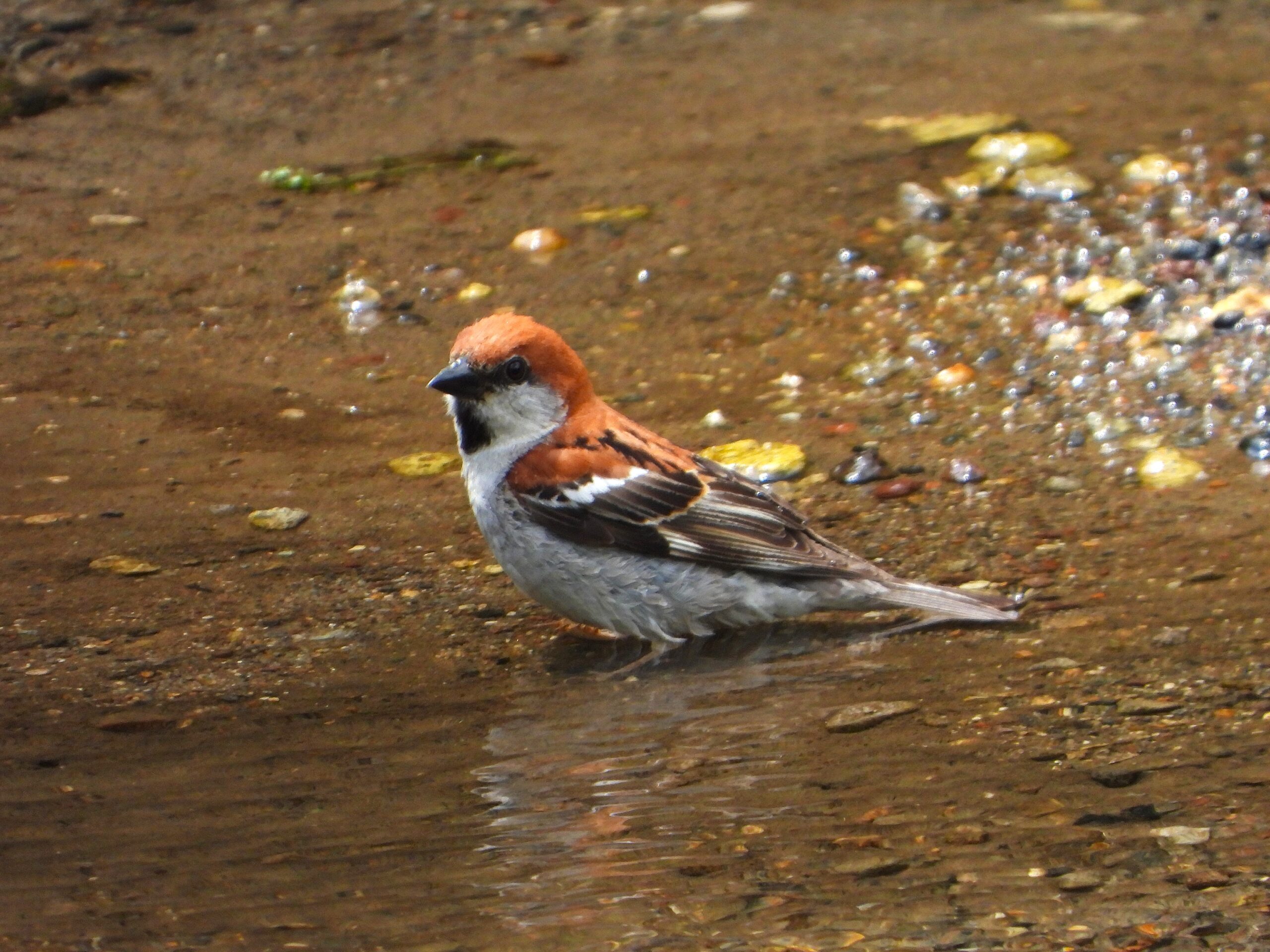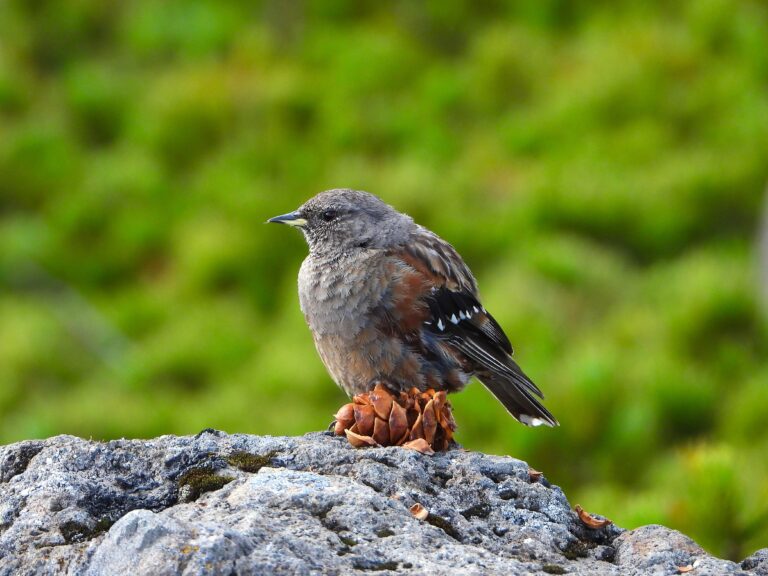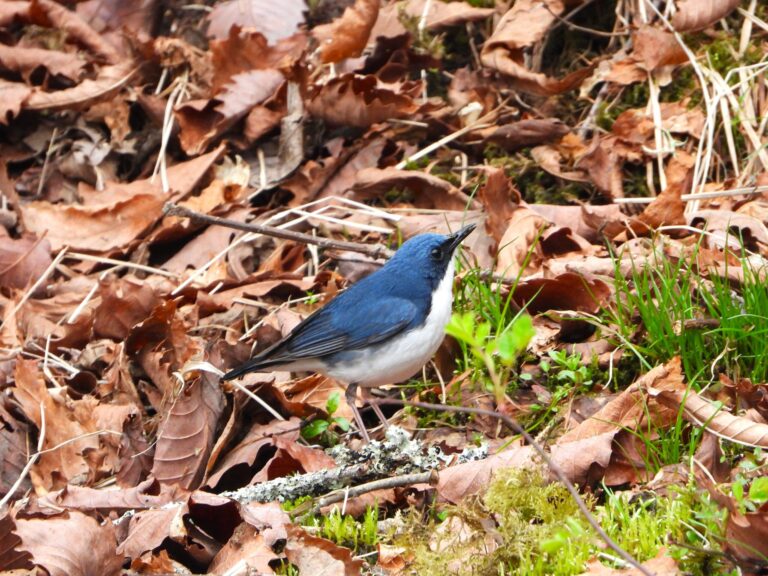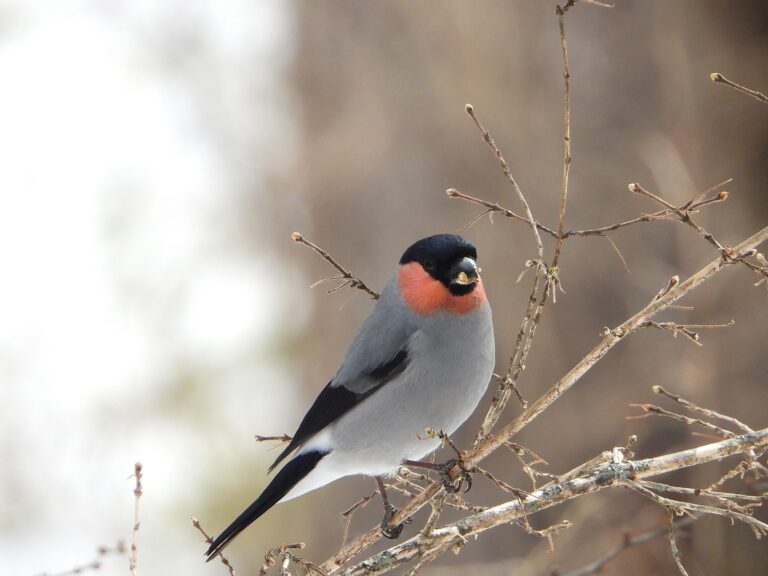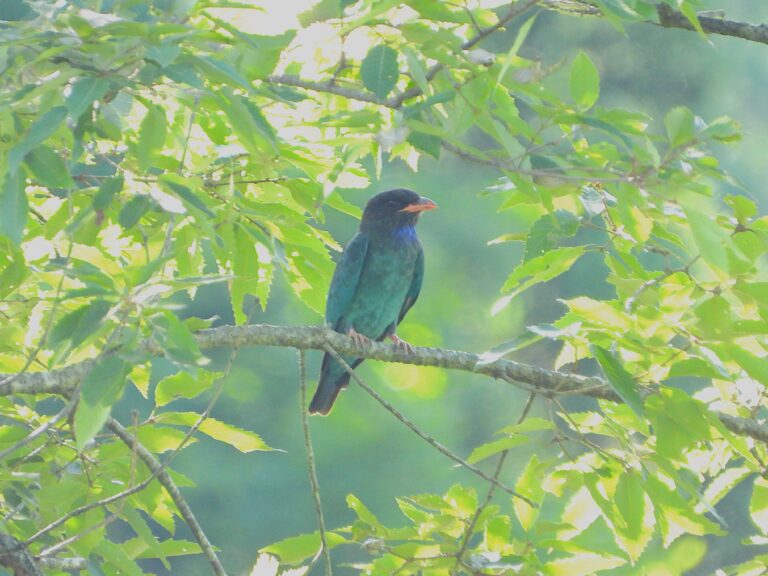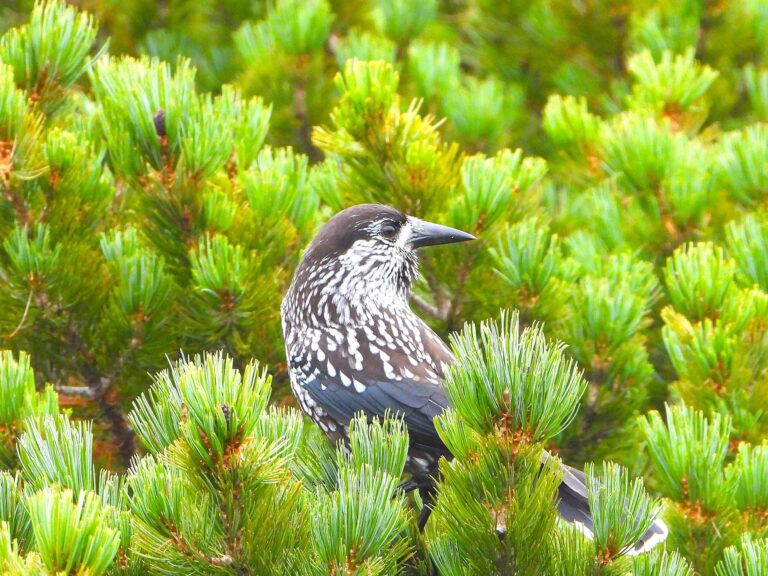Russet Sparrow (Passer rutilans) – Wildlife of Japan
Introduction
The Russet Sparrow (Passer rutilans) is a small yet beautifully colored bird that brings a warm tone to Japan’s avifauna. It resembles the familiar Eurasian Tree Sparrow but favors quieter, forest-edge environments. Its russet-brown head and subtle plumage make it one of Japan’s charming but lesser-known small birds.
Appearance
The Russet Sparrow measures about 14 cm in length.
- Male: The head and back show a rich reddish-brown (“russet”) tone with darker streaks. The cheek lacks the black patch found in the Eurasian Tree Sparrow.
- Female: Paler brown overall with a faint eyebrow stripe, also without the cheek patch.
- The Japanese name “Nyūnai-suzume” literally means “sparrow without a black cheek.”
- The call is a clear, high-pitched “chyu-chyu,” softer than that of the Tree Sparrow.
Habitat & Distribution
The Russet Sparrow is distributed across much of East and South Asia, including Japan.
In Japan, it breeds mainly in Hokkaido and northern Honshu, inhabiting forest edges and open woodlands. In winter, many individuals move to lower elevations, such as farmland and rural areas, sometimes joining mixed sparrow flocks.
Where to See in Japan
In spring to summer, look for this species in wooded or upland areas in Hokkaido and Tohoku.
In autumn to winter, they may appear in open rural fields and paddies, especially where trees or hedges provide roosting spots.
Behavior
During the breeding season, pairs nest in tree holes or sometimes in nest boxes near forest edges. Outside this season, they gather in small flocks to forage on the ground for seeds.
They are generally shy around people compared to the urban Tree Sparrow, preferring semi-natural rural landscapes.
Diet
Their diet consists mainly of seeds and grains. During the breeding season, adults feed their young with insects such as beetles and caterpillars, providing necessary protein for growth.
Reproduction
Breeding occurs in late spring to summer.
Nests are usually built in tree cavities or crevices. Both parents share incubation and feeding duties.
A typical clutch contains about 4–6 eggs, and the chicks fledge after roughly two weeks.
Conservation
Globally, the Russet Sparrow is listed as Least Concern on the IUCN Red List.
In Japan, it remains locally common in suitable habitats but is less abundant than the Eurasian Tree Sparrow.
Preserving forest edges and traditional farmland with seed-rich plants benefits this species and other rural birds.
Author’s Impression
Sparrows are common birds in Japan, yet the Russet Sparrow is surprisingly hard to find. To me, it feels like a rare and special kind of sparrow — one that quietly lives in the forest edges away from towns.
To observe this species, patience is key. Listen carefully for their soft, high-pitched calls near mixed woodlands or upland fields, especially in early summer. Using binoculars, scan the branches for a small bird with a rich russet head — that moment of discovery is deeply rewarding.


